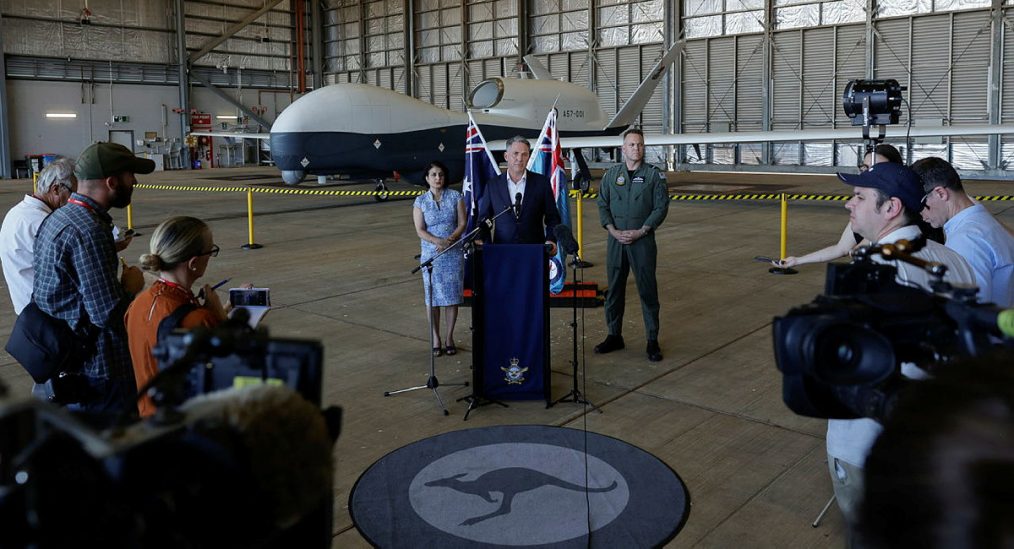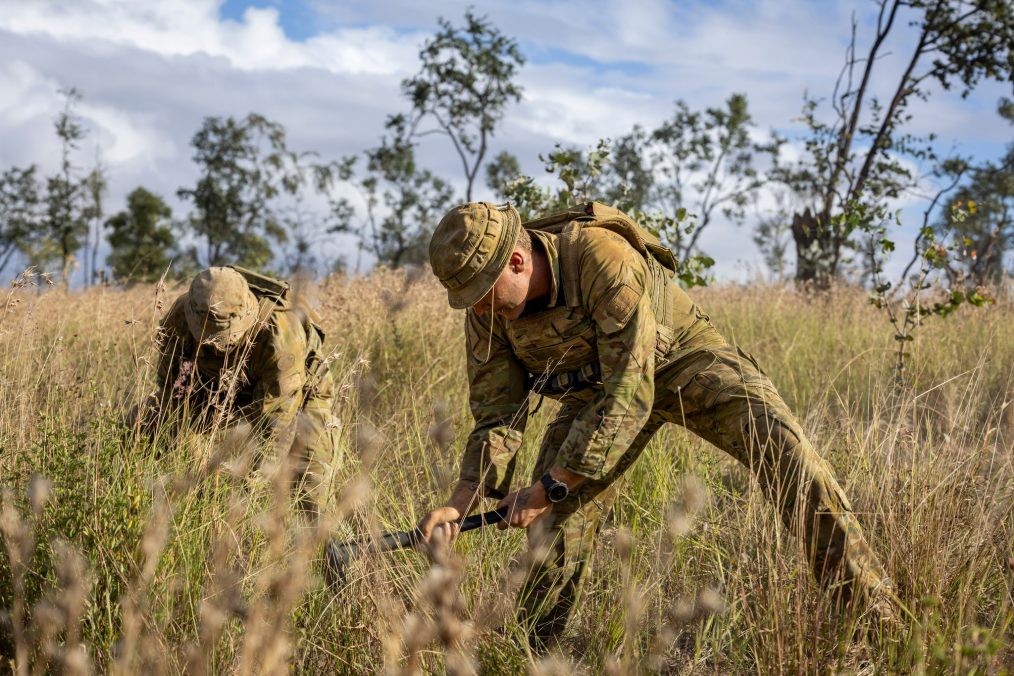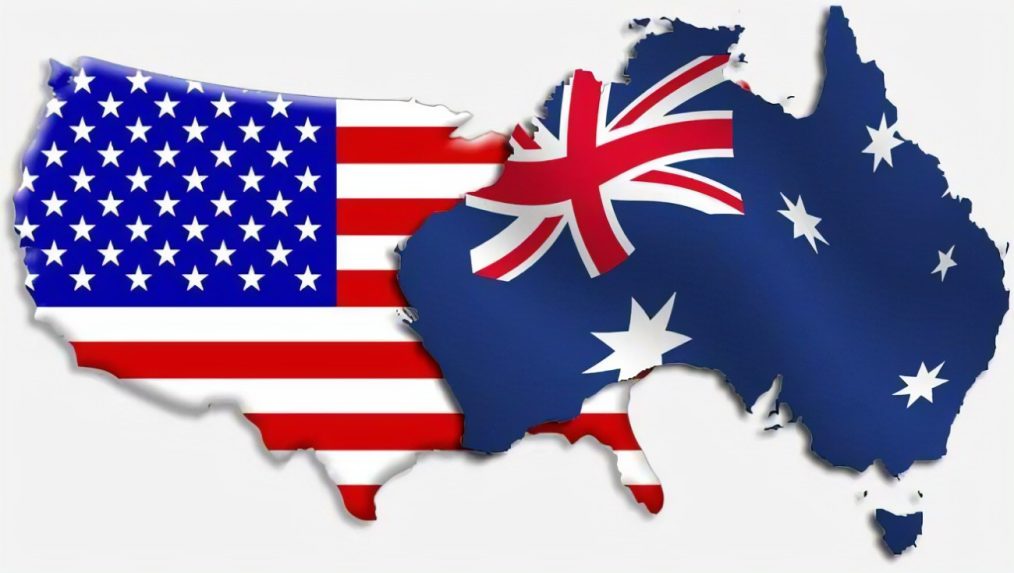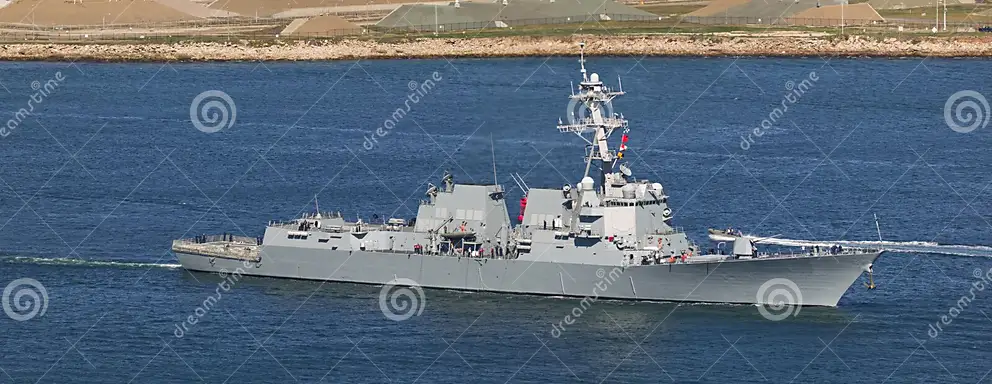In an unprecedented move, Israel’s Foreign Minister, Israel Katz, has urged NATO to expel Turkey from the alliance following recent threats from Turkish President Recep Tayyip Erdoğan. Katz’s call to action has sent shockwaves through diplomatic circles, as the volatile situation between Israel and Turkey reaches a boiling point.
Katz has wasted no time in rallying international support, instructing Israeli diplomats to urgently engage with NATO members. His demands for Turkey’s condemnation and expulsion come in response to Erdoğan’s recent aggressive rhetoric and threats. “Turkey’s actions and words are unacceptable and threaten regional stability,” Katz said in a press statement. “NATO must take a stand and show that such behaviour will not be tolerated.”
The latest bout of tension was sparked by Erdoğan’s incendiary comments threatening to deploy Turkish military personnel to Gaza. The Turkish president claimed this would demonstrate strength and deter Israeli actions in the region. His statements have ignited fears of a broader regional conflict, drawing widespread condemnation from various international quarters.
Prominent global leaders have voiced their concerns about the escalating situation. Geert Wilders, a well-known and controversial figure in the Dutch House of Representatives, did not mince words, calling Erdoğan an “Islamofascist” and “totally nuts.” Wilders, who has a history of advocating for Turkey’s expulsion from NATO, seized the opportunity to reinforce his stance.
NATO, however, finds itself in a complex predicament. Turkey, a member since 1952, boasts the alliance’s second-largest army, making its expulsion a complicated and unprecedented move. NATO currently lacks a specific mechanism to suspend or expel a member, a fact reiterated by NATO Secretary General Jens Stoltenberg in 2021 when he stated that creating such a mechanism “would never happen.”
Despite the gravity of Israel’s request, NATO’s leadership has remained tight-lipped, offering no immediate response to Katz’s demands. Analysts suggest that any move to expel Turkey could destabilize the alliance and significantly alter the geopolitical landscape of the region.
As tensions between Israel and Turkey continue to mount, the international community watches closely. The situation underscores the delicate balance NATO must maintain among its diverse members, each with its own strategic interests and regional challenges. Israel’s call for action, coupled with Erdoğan’s inflammatory rhetoric, highlights the fragile nature of international alliances and the ever-present risk of conflict in a volatile world.
For now, the world waits to see how NATO will navigate this diplomatic crisis, balancing the principles of the alliance with the pressing need to maintain regional peace and stability.










